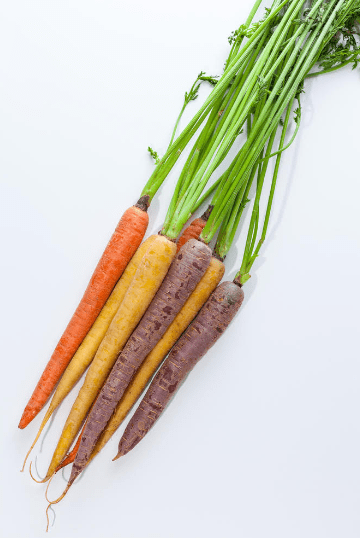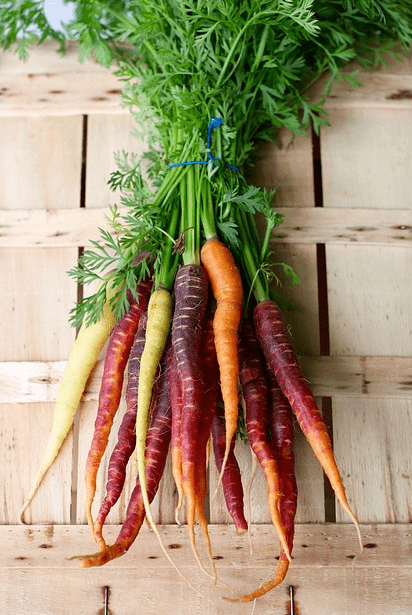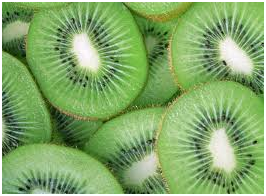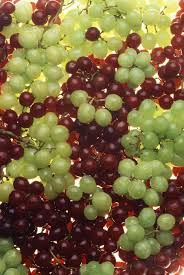Carrots are perhaps the most iconic root vegetable, so much so that they have become synonymous with the color orange. Yet, many in the Western world might be surprised to learn that the concept of the 'orange carrot' is a relatively recent development.
Originally, the first cultivated carrots were not orange at all. I've reviewed this topic before, but this week, the presence of wildly vibrant, multi-colored carrots in our garden has inspired me to revisit the tale. As always, I aim to offer a fresh perspective on the story.
To understand why the concept of the orange carrot was established, we must step back from the specific case of the carrot and talk about 'standardization in agriculture.'
Why is it so prevalent, what are the advantages, and what are the drawbacks?
As one who only brings organic vegetables into the house, it is clear that I am not a big fan of standardization (and let's admit the truth, this phenomenon affects organic farming as well); however, I cannot deny its value. In essence: without standardization in agriculture, it would be impossible to feed the world.

After the industrial revolution and the subsequent population surge, agriculture underwent a shift towards industrialization. The need for large-scale production, marketing, distribution, and exportation necessitated standardization. This entailed cultivating crops with consistent and predictable features on a global scale, such as size, sugar content, resistance to pests, shelf life, and growth resilience.
Consequently, the market and a majority of growers homogenized around specific crop varieties that fulfilled demand and promised profitability. While this approach brought stability and increased production, it incurred a significant drawback – the loss of diversity, a critical issue.
When I highlight this as a problem, I'm not referring to the lack of impressive and varied options available to consumers navigating a market after a rainy week (which does bother me). Instead, my concern lies in the vulnerability created by a limited range of crops.
The Irish Potato Famine of 1840 serves as an extreme illustration of the risks associated with a restricted crop variety, where nearly all potatoes in Ireland succumbed to a devastating potato blight, resulting in a catastrophic harvest failure. In recent times, a parallel predicament is unfolding in the banana industry.
In any event, standardization has become an undeniable reality. The question arises: how does this connect to the color of the carrot?
Well, the edible carrot we consume today is likely based on the wild 'Queen Anne's lace' carrot, a plant from the Apiaceae family with a thick and long root (which is much less thick than the carrot root we are familiar with today). The assumption is that the carrot was first cultivated in the region of Afghanistan about 5,000 years ago and from there spread to Asia, the Middle East, and Europe.
For the wild carrot and the closely related cultivated carrots, there were all sorts of color variations on the spectrum between white and black, with orange being just one of them. So how did the orange color "take over"?

Well, bizarrely, it is related to the rise of Dutch nationalism.
Holland, as a distinct national entity, emerged in the 16th century when the Dutch revolted against the Spanish. The Dutch rebellion was led by the nobleman William of Orange, or 'William of Orange,' who later founded the Dutch royal house, and in his honor, to this day, the national color of the Netherlands is orange.
The Dutch are outstanding and leading farmers, among the first to lead standardization in agriculture. In the 17th century, Dutch farmers developed an excellent variety of carrots, and for patriotic reasons, they ensured that there was only an orange variety in production, which became the standard. Not just in the Netherlands, but worldwide.
Of course, I have nothing against orange carrots, which were chosen for their high beta-carotene content, a vital compound that converts to Vitamin A after absorption in the body. However, when there is an opportunity to choose a carrot variety closer to the wild types, I do not pass it up.
Firstly, there is something rewarding in the appearance of yellow, red, and purple carrots bunched together as well as the nuances in flavor that the standard carrot has lost.
Bon appetit,
The Garden team
You can find the updated content of our weekly baskets on our website under the tab – "our baskets"









